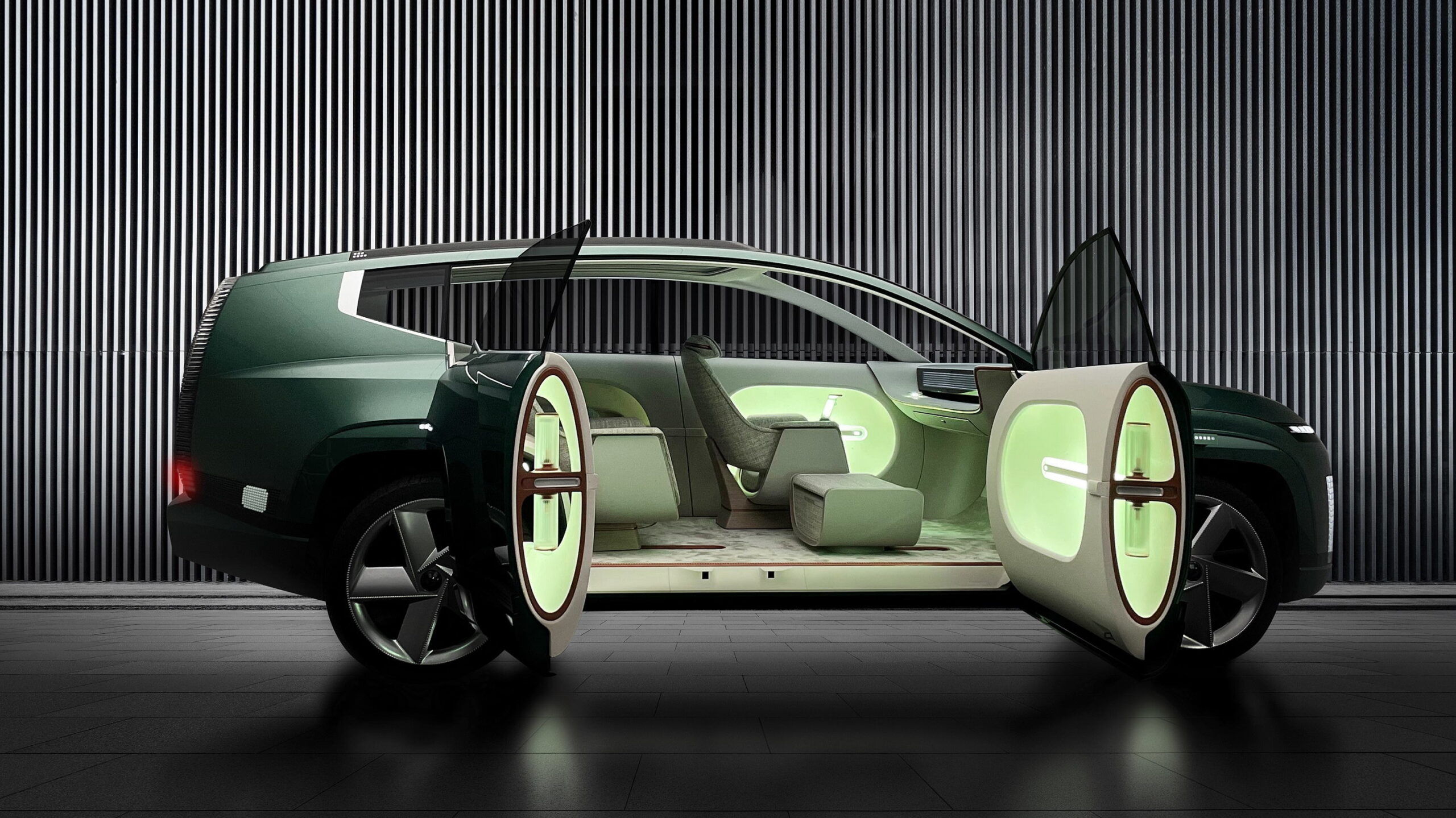In the dynamic world of automotive design, Hyundai has emerged as a trailblazer, consistently pushing the boundaries of innovation and aesthetics. This article delves into Hyundai’s pioneering car design concepts, exploring the technologies, philosophies, and design strategies that define their approach.
Evolution of Hyundai’s Design Language
From Humble Beginnings to Global Influence
Hyundai’s journey in car design began modestly, but it quickly gained momentum with the introduction of models like the Hyundai Sonata and Elantra. These early successes laid the foundation for Hyundai’s bold design evolution.
Embracing Fluidic Sculpture
One of Hyundai’s defining design languages, Fluidic Sculpture, debuted in the 2011 Hyundai Sonata. This philosophy emphasized flowing lines and dynamic forms inspired by natural elements like water and wind. It marked a significant departure from conventional automotive design, setting Hyundai apart in the competitive market.
The Shift to Sensuous Sportiness
Building on Fluidic Sculpture, Hyundai introduced Sensuous Sportiness in 2019. This design ethos aimed to evoke emotional responses through sensuous forms, intricate details, and innovative lighting. The Hyundai Tucson and Sonata are prime examples of this approach, blending elegance with athleticism.
Also Read : Exploring Hyundai’s Innovative Car Designs
Integrating Advanced Technologies
Digital Design and Prototyping
Hyundai utilizes advanced digital design tools and virtual prototyping to streamline the design process. Digital models allow designers to explore countless iterations quickly, refining shapes and proportions with precision.
Virtual Reality (VR) in Design Reviews
VR technology has revolutionized Hyundai’s design reviews, enabling designers and engineers to immerse themselves in virtual environments. This immersive experience enhances collaboration, accelerates decision-making, and ensures that every detail meets Hyundai’s exacting standards.
Artificial Intelligence (AI) in Design Inspiration
AI plays a crucial role in Hyundai’s design inspiration phase. By analyzing global design trends, consumer preferences, and cultural influences, AI algorithms provide valuable insights that inform Hyundai’s design direction.
Sustainable Design Practices
Eco-friendly Materials and Manufacturing
Hyundai is committed to sustainability, integrating eco-friendly materials and manufacturing processes into its design practices. Recycled materials, bio-based composites, and energy-efficient production techniques are key components of Hyundai’s eco-friendly initiatives.
Designing for Efficiency and Performance
Beyond aesthetics, Hyundai’s design philosophy emphasizes aerodynamics and efficiency. Streamlined shapes, active air management systems, and lightweight materials contribute to enhanced fuel efficiency and reduced environmental impact.
Case Studies: Hyundai’s Innovative Concepts
Hyundai Prophecy Concept
Unveiled in 2020, the Hyundai Prophecy Concept embodies Hyundai’s vision of future mobility. Its sleek, aerodynamic silhouette and pixelated lighting elements showcase Hyundai’s commitment to progressive design and technological integration.
Hyundai 45 Concept
Inspired by the Hyundai Pony Coupe Concept from 1974, the Hyundai 45 Concept pays homage to Hyundai’s heritage while embracing future possibilities. Its retro-futuristic design language and electrified powertrain highlight Hyundai’s innovation in electric vehicles.
Hyundai’s Design Philosophy in Practice
Designing for Global Appeal
Hyundai’s global design centers, including those in South Korea, Europe, and the United States, collaborate seamlessly to create vehicles that resonate with diverse markets worldwide. Cultural sensitivity and regional preferences inform Hyundai’s design decisions, ensuring broad appeal.
Human-Centered Design Approach
At the core of Hyundai’s design philosophy is a human-centered approach. Understanding the needs, behaviors, and aspirations of customers drives every aspect of design, from interior layouts to user interfaces.
Conclusion
Hyundai’s journey in car design is a testament to its commitment to innovation, sustainability, and customer-centricity. By embracing advanced technologies, pushing design boundaries, and prioritizing environmental responsibility, Hyundai continues to shape the future of automotive design. As Hyundai navigates the evolving landscape of mobility, its cutting-edge car design concepts promise to inspire and captivate automotive enthusiasts around the globe.
This article aims to provide a comprehensive overview of Hyundai’s innovative car design concepts, drawing from industry insights, case studies, and Hyundai’s own design philosophies.
(source)
Originally posted 2024-07-01 08:49:04.
